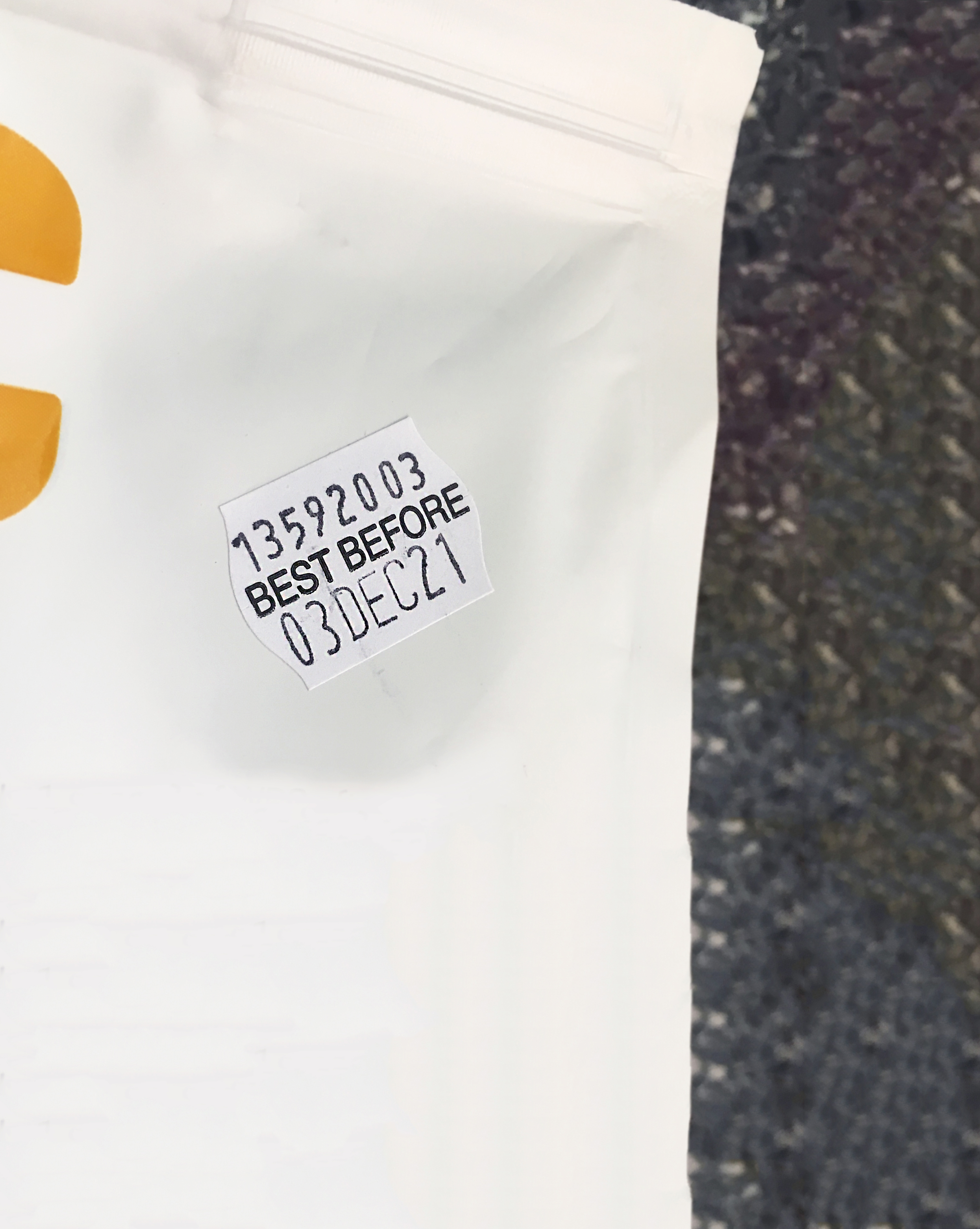What you need to know about ‘use by’ and ‘best before’ dates

During the current worldwide health pandemic, there have been widespread and challenging issues for operators, owners and staff across the food and beverage industry. Restaurants and cafes in Australia have, for example, generally been limited by social distancing rules to offering takeaway and delivery services only. Social distancing has also impacted the food retail sector and the current restrictions limiting the amount and types of trips members of the public are able to take outside the home also seems to have significantly affected consumer behaviour. People trying to observe the policies of staying at home as much as possible are looking to limit the time they spend out in public, including for essential activities such as grocery shopping. This has led to consumers focussing on essential items and planning to make fewer shopping trips which will keep their kitchens well stocked. Related to this is the knock on effect of people storing their food for longer. This increases the reliance on ‘use by’ and ‘best before’ food labels and it’s important to fully understand the differences between these designations in order to help customers make informed choices and maintain food safety in the home. High quality, well designed commercial kitchen supplies have long been an indispensable tool in guarding public safety, with ‘use by’ and ‘best before’ dates being among the most crucial information on for consumers.
The ‘use by’ designation is stronger in that it applies to food products which must be consumed by the given date, after which they may pose a number of risks to public health. Not only should these products not be eaten after the ‘use by’ date has passed, but it is also illegal to sell food outside of the ‘use by’ limit.
‘Best before’ dates are more common and in many ways more flexible. This designation relates more to the quality of the food when it is stored over a longer period. It may still be safe to eat foods for a little while after the ‘best before’ date has passed but some loss of food quality is likely to be expected in terms of flavour or texture. This date will vary greatly depending on the type of food concerned and the method of packaging. According to Food Standards Australia New Zealand (FSANZ) products may be legally sold after the ‘best before’ date, but a high degree of caution should be exercised to ensure the food is still safe and fit for human consumption.
The notable exceptions to these ‘use by’ and ‘best before’ rules are fresh bread which might display a ‘date baked’ or similar description, and some canned food which is designed to be stored over a period of years, making it difficult to provide a useful or accurate indication of when quality might begin to deteriorate.
FSANZ also point out that if the ‘use by’ or ‘best before’ date relies on particular storage requirements such as refrigeration, this should be clearly communicated on food labels, along with any instructions for use and cooking. As part of a comprehensive range of standard and custom food labels, Fildes Food Safety also provide clear and informative cooling and re-heating information labels to protect customer safety and build trust in your offering.
Contact us to discuss how our broad range of commercial kitchen supplies can help you maintain best practice food safety in this challenging environment.




















































































